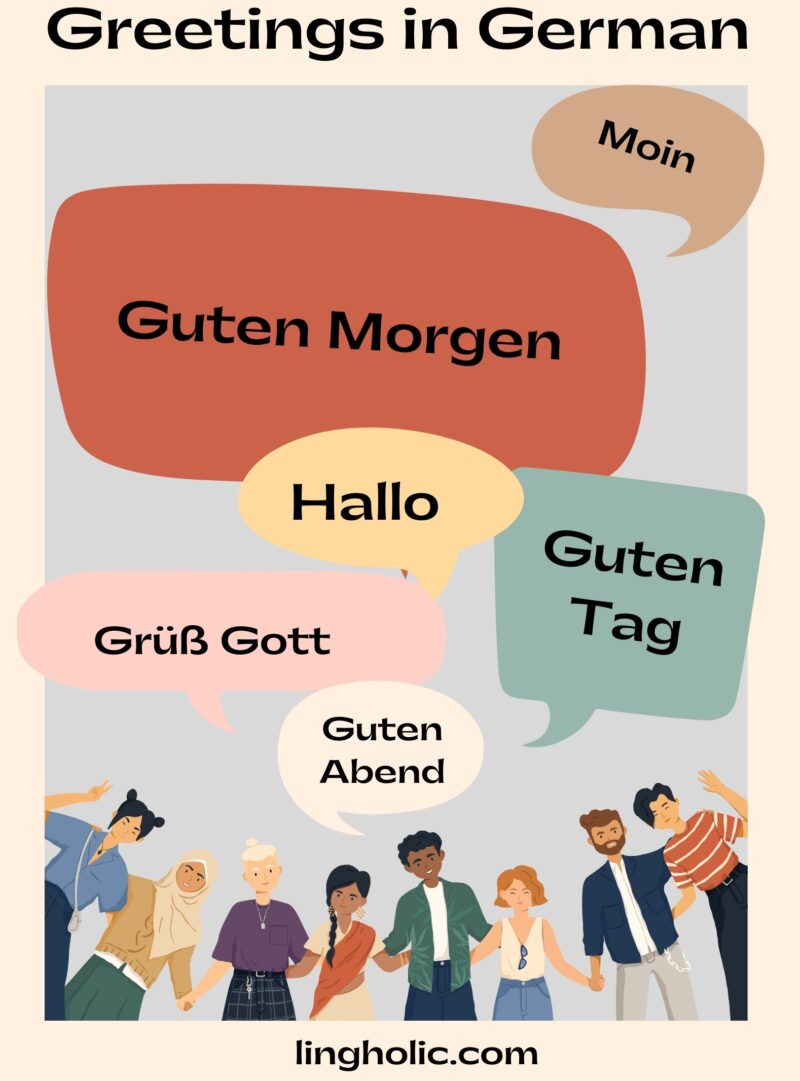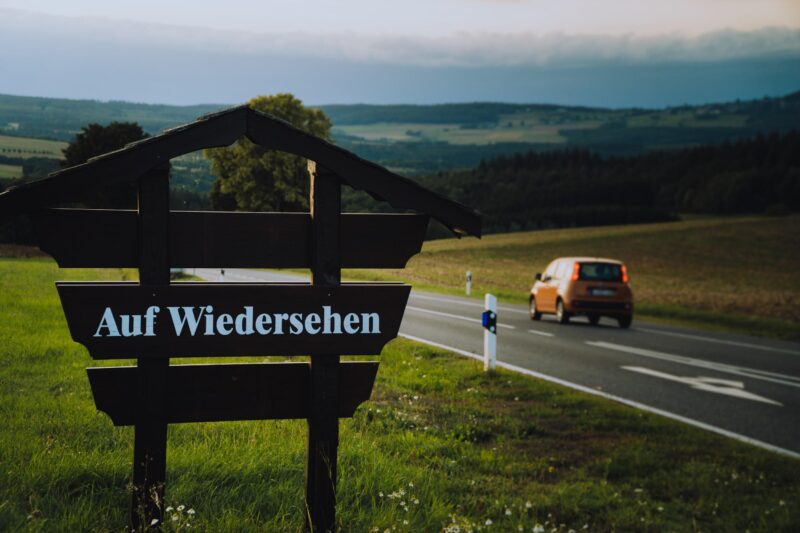Greetings and farewells are an important part of effective communication when visiting a new country or culture. In German, there are various phrases used for these exchanges which help demonstrate respect for local traditions. Here we will explore some common and formal greetings and goodbyes used in conversational German.
Most Common Greetings in German

- Hallo – A universal greeting, suitable for most situations.
- Guten Morgen – Use this phrase to say “Good morning.”
- Guten Tag – Appropriate for saying “Good day” or “Good afternoon.”
- Guten Abend – Perfect for evenings, this means “Good evening.”
- Moin – A popular informal greeting in northern Germany, usable any time of day.
- Servus – Common in Austria and Bavaria, this term can mean both “hello” and “goodbye.”
- Grüß Gott – A traditional greeting in southern Germany, especially Bavaria.
Different Ways of Saying Goodbye

- Auf Wiedersehen – A formal way to say “Goodbye,” suitable for most settings.
- Tschüss – A casual farewell, widely used among friends.
- Bis bald – Means “See you soon,” for when you expect to see someone again shortly.
- Gute Nacht – Said when parting for the night, meaning “Good night.”
- Bis später – “See you later,” used when you will meet again later in the day.
- Schönen Tag noch – A polite way to say “Have a nice day.”
- Bis zum nächsten Mal – Translates to “Until next time.”
Communication Etiquette
Choosing the right terms when interacting with German speakers is an important aspect of etiquette. In formal situations such as business meetings, it is best to use the respectful “Sie” form, which is comparable to “you” in English.
Among friends and in more casual settings, “du” can be employed as it implies closer familiarity. Body language cues also differ depending on context.
A firm handshake is commonly used for initial greetings in professional or official environments to convey politeness. However, more relaxed signals like a smile or nod may suffice for informal greetings between acquaintances whereas a handshake would seem overly formal.
Keep Practicing
To truly feel comfortable using these greetings and farewells, regular practice is key. Seek out German movies, shows and podcasts to listen to real conversations. Hearing native speakers will help the proper forms start to feel natural.
Repetition is also helpful – try greeting friends and family in German at home. With consistent review over time, you’ll soon find yourself smoothly swapping between formal and casual styles without thinking.
I’m John Guerrero, with a background in German (Major) and Greek (Minor), leveraging over nine years of translation experience. My academic and professional journey has earned me deep linguistic insights and cultural nuances. I’m very passionate about bridging languages, and always look to deliver content that inspires and informs.

